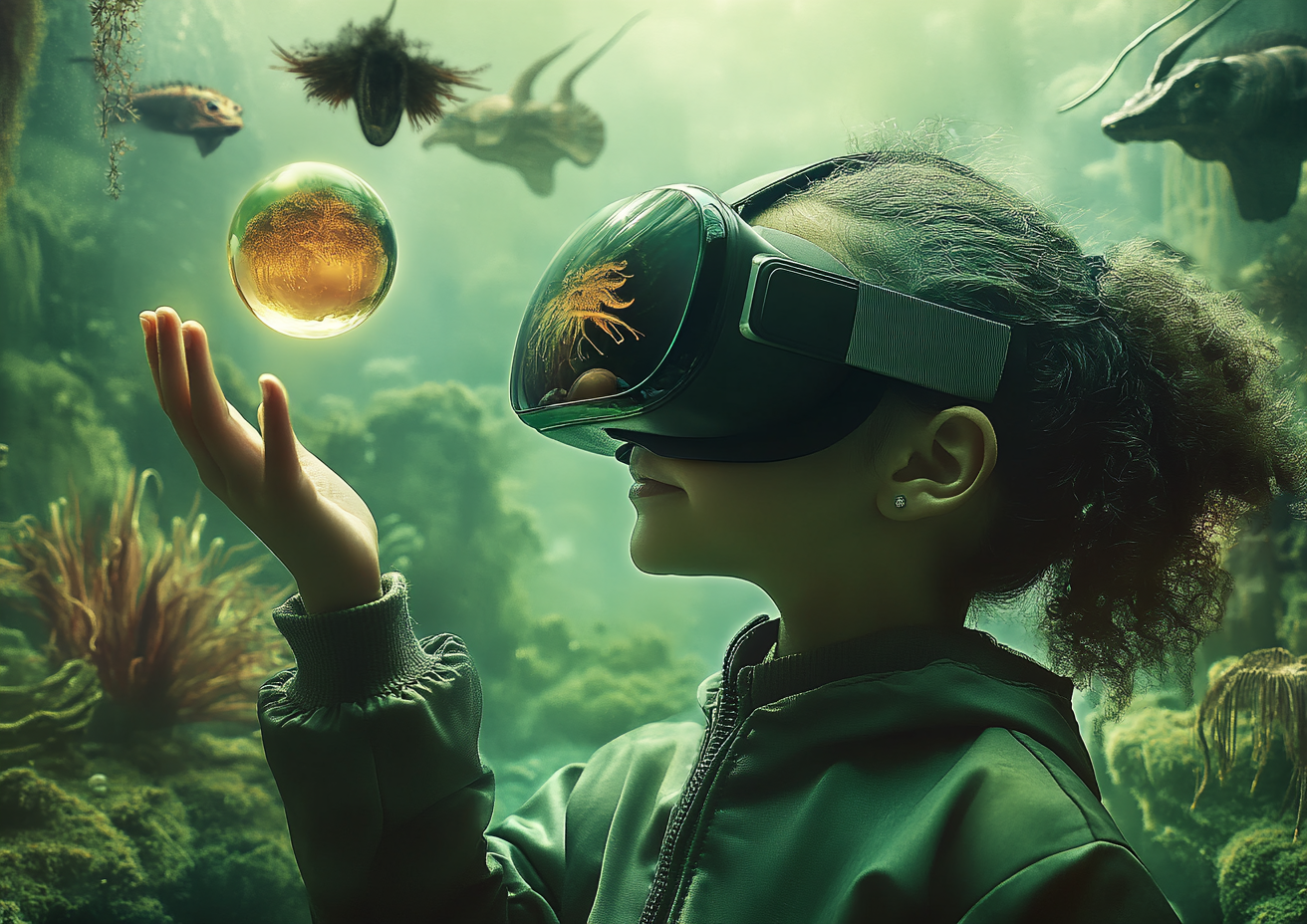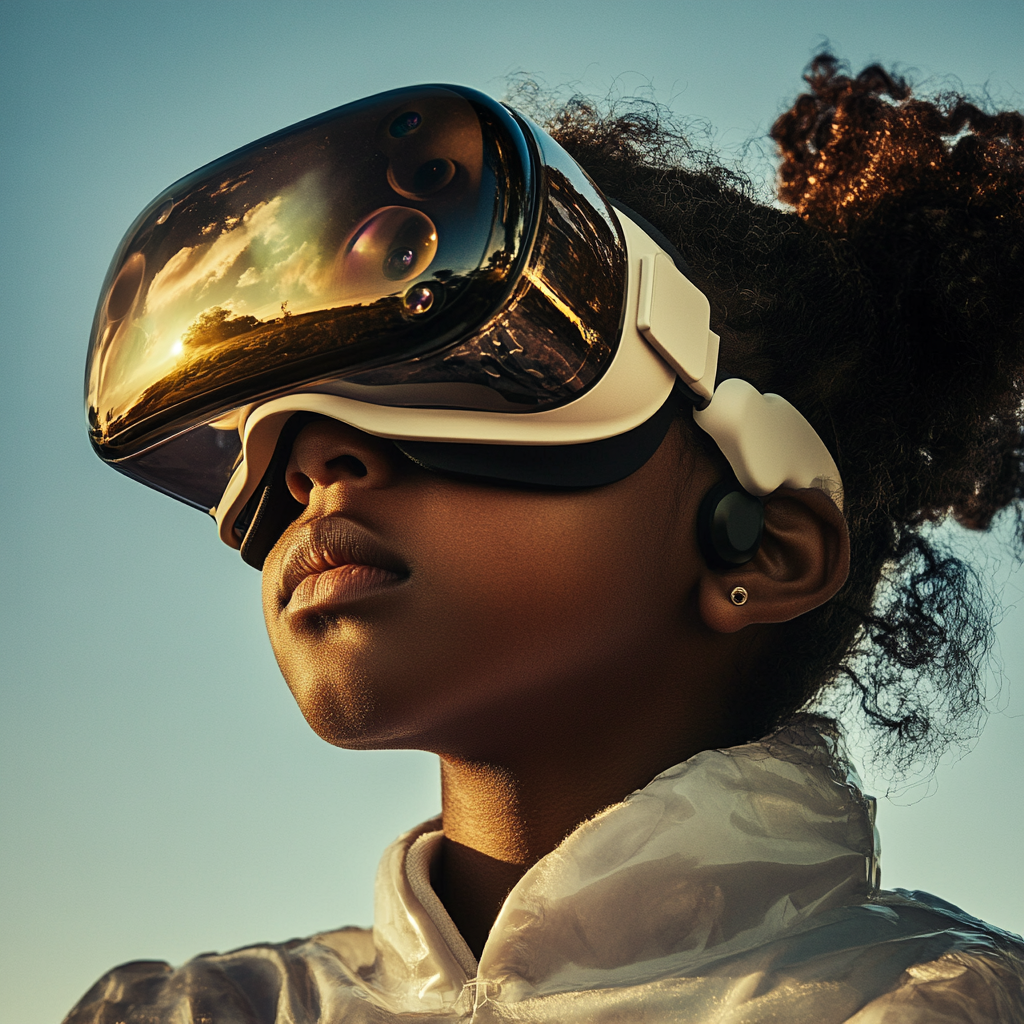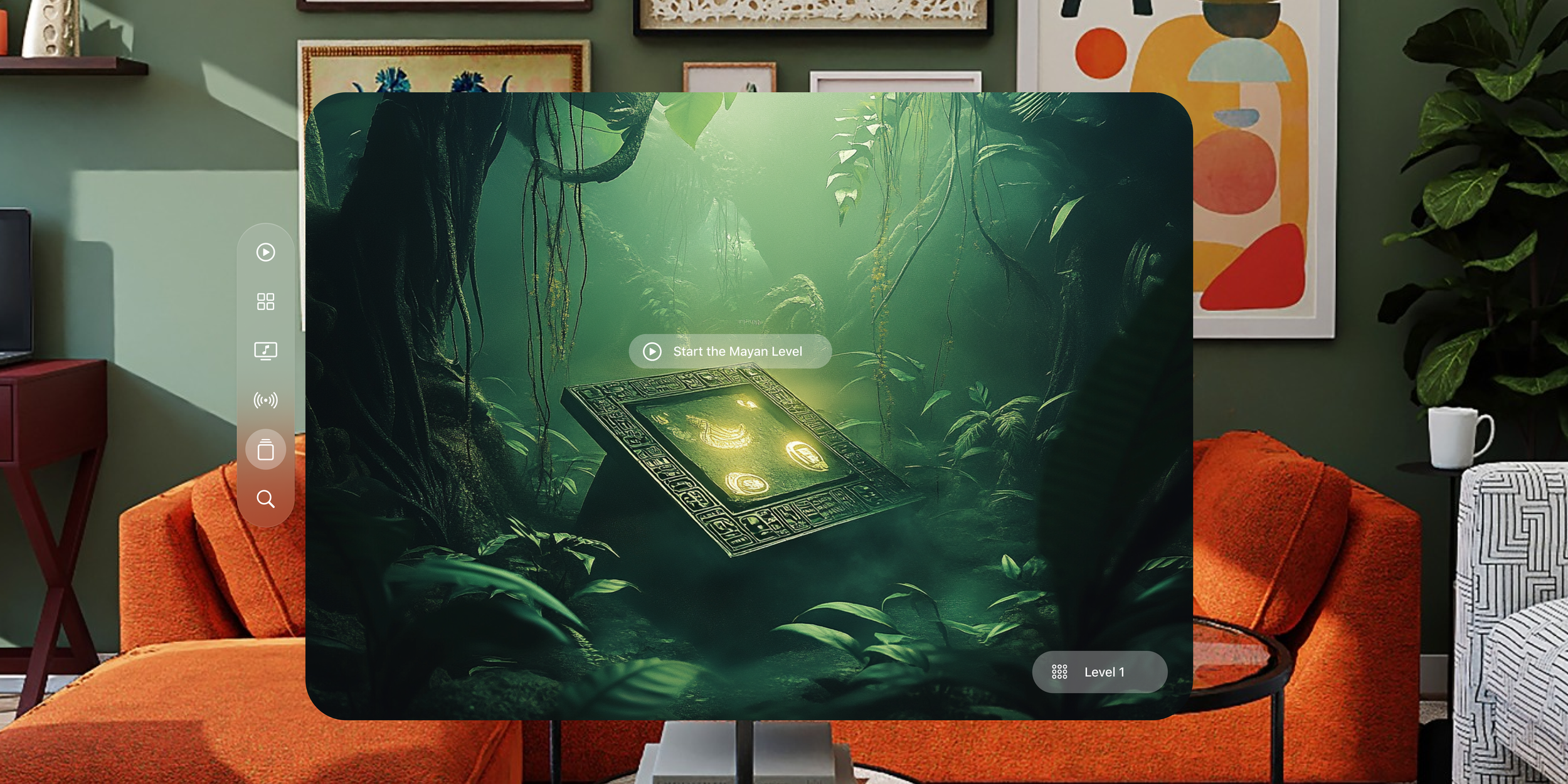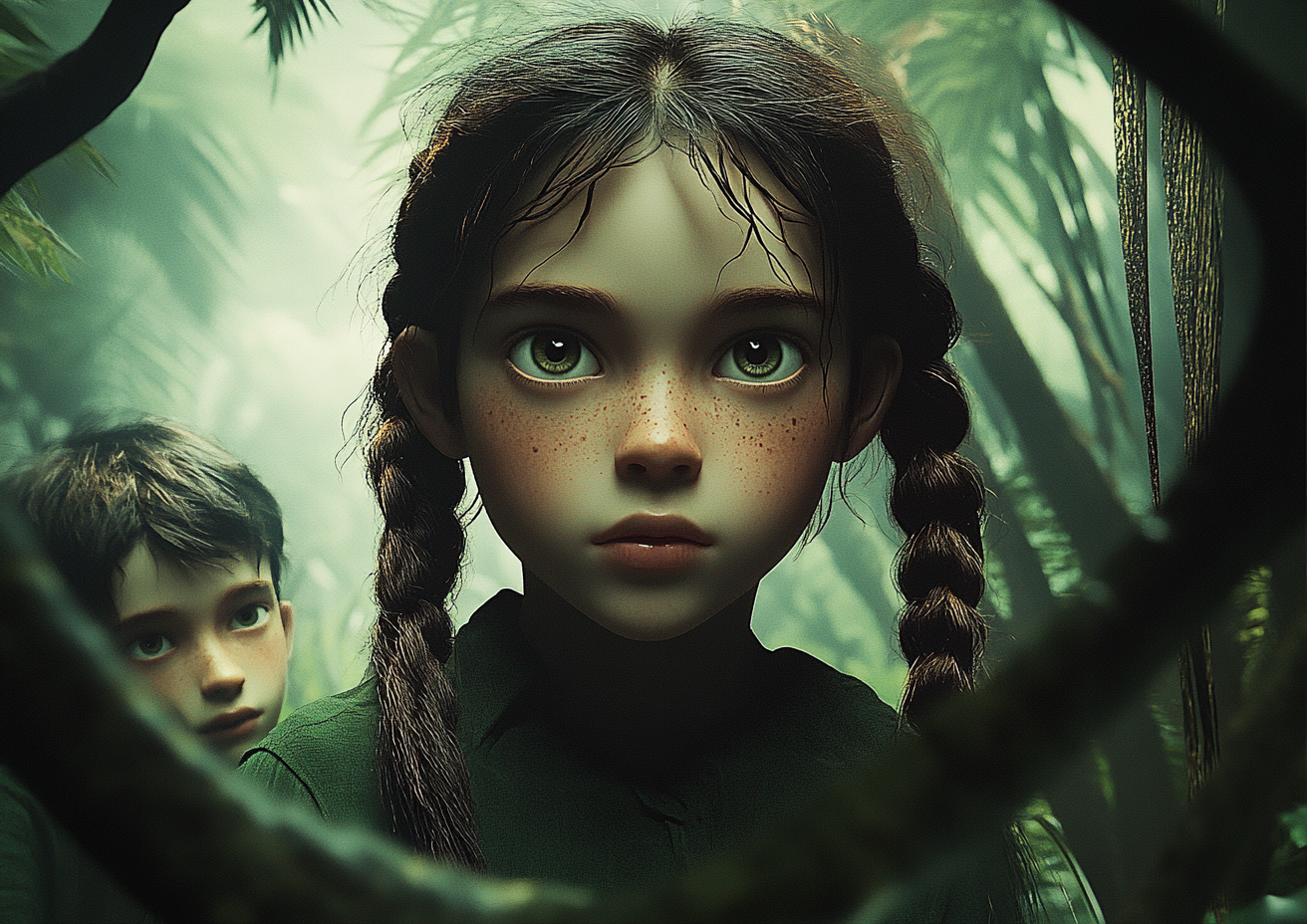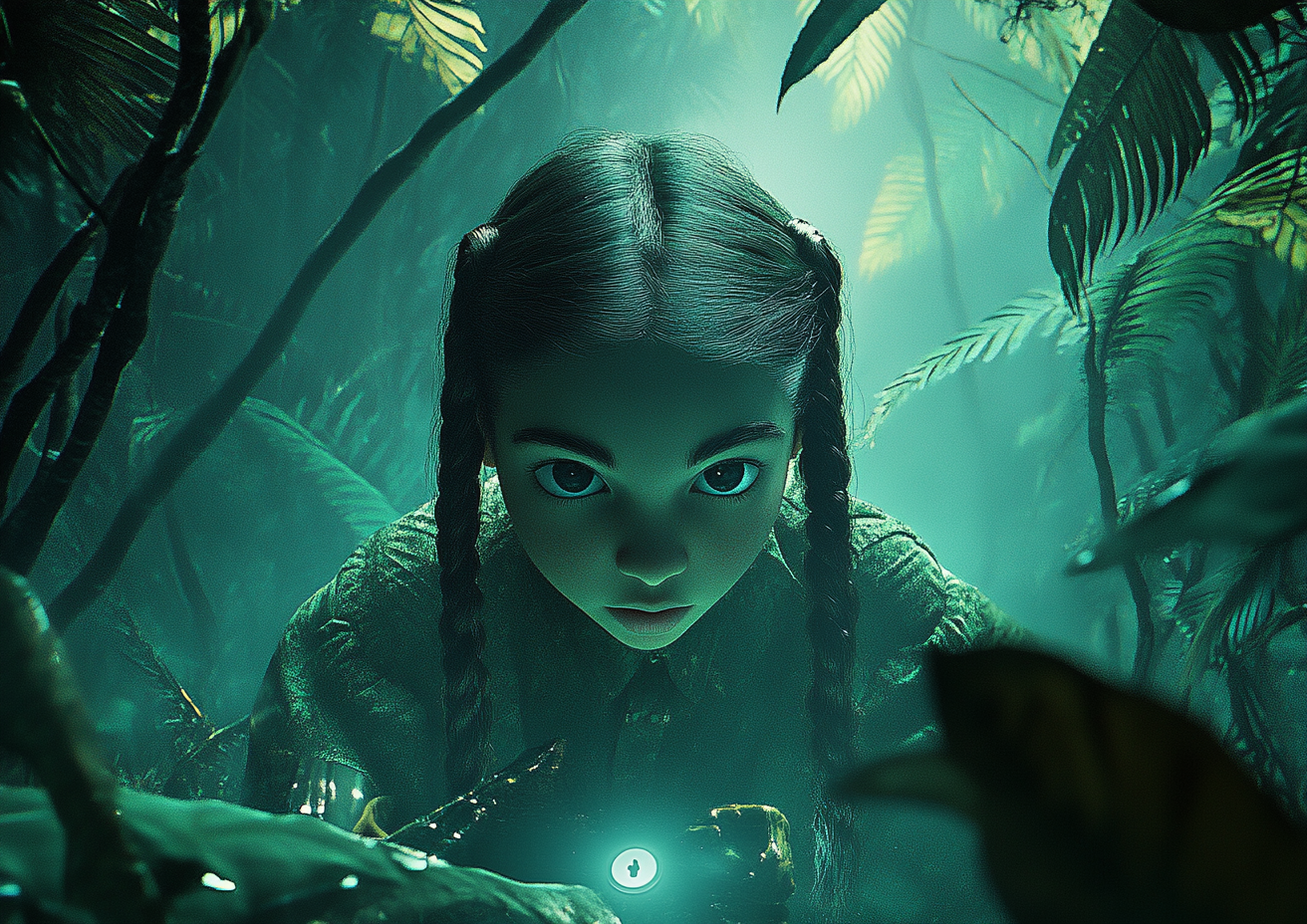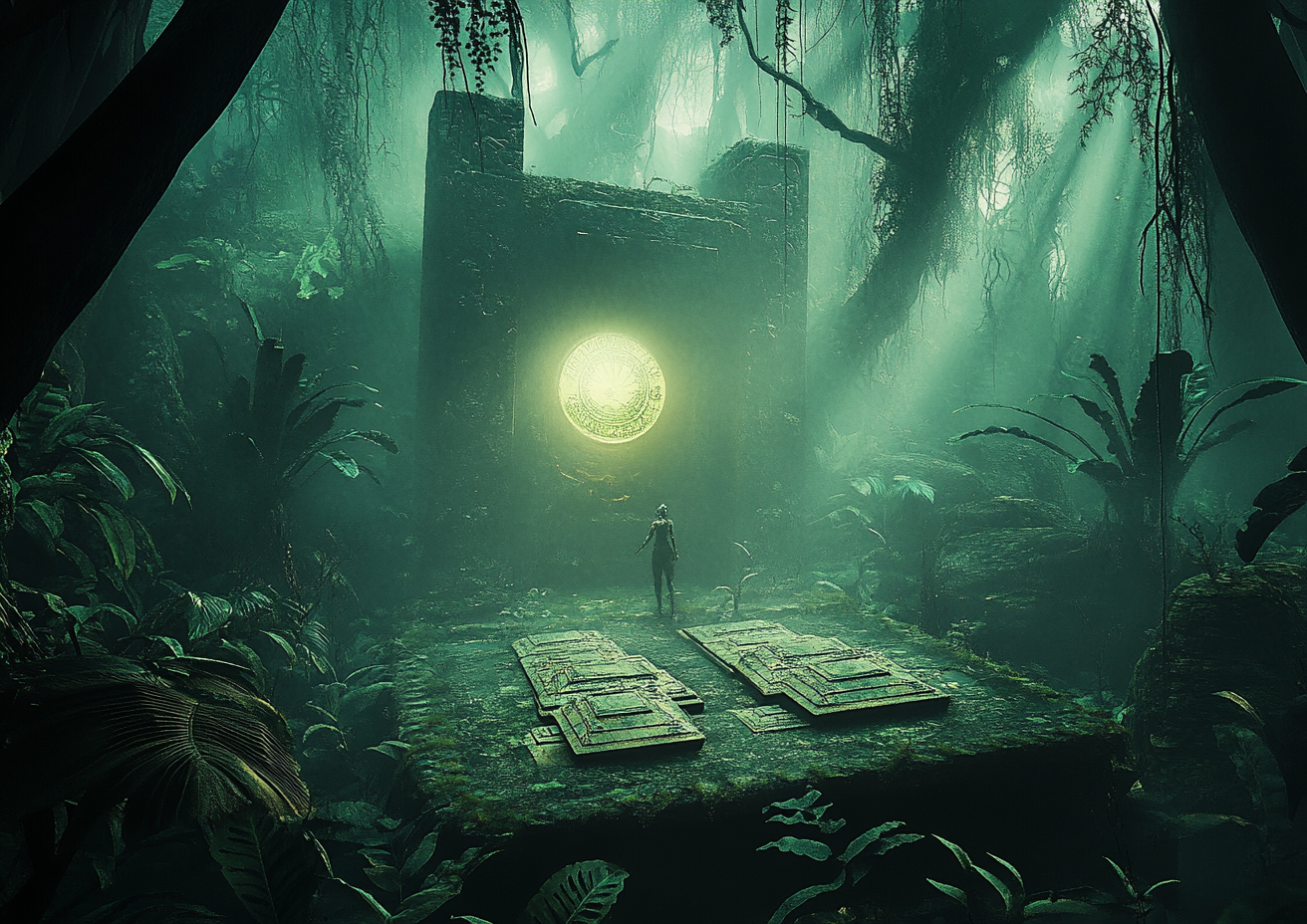Roark Island
Roark Island explores how AR/VR can transform storytelling into immersive, engaging experiences that keep users returning.
Showcased how immersive design and storytelling could increase engagement by blending narrative with gameplay.
Pushed the boundaries of AR/VR prototyping — tested puzzle-based interactions, environmental storytelling, and emotional immersion.
Served as a proof of concept that design can connect technology, narrative, and user engagement in new markets.
Impact
Context
As AR/VR platforms matured, there was a growing need to demonstrate how immersive experiences could move beyond novelty.
Roark Island explored how puzzle-based gameplay and emotional storytelling could keep users engaged while showcasing what future consumer experiences might look like.
Problem
AR/VR products often fail at balancing entertainment, usability, emotional connection, and engagement.
Many experiences felt like tech demos, visually impressive, but lacking retention or narrative depth.
Approach
Created a story-driven prototype that combined love, loyalty, and mystery with puzzle mechanics.
Used moodboards and character studies to define an unforgettable aesthetic.
Designed gameplay interactions (exploring, collecting, unlocking puzzles) to keep players engaged.
Tested environmental cues (lighting, color, sound) to guide immersion without breaking flow.
Solution
Immersive Worldbuilding: A VR island that unfolded through exploration, interaction, and narrative choice.
Puzzle-based Progression: Challenges tied to story themes, reinforcing emotional engagement.
Distinct Visual Identity: Art direction that blended surrealism with realism to make the world memorable.
Prototype Demo: Built with Unity/Styly to validate storytelling-driven AR/VR mechanics.
Learnings
Immersion needs emotion: Users stay longer when experiences are tied to the narrative, not just visuals.
Design bridges tech + story: AR/VR succeeds when it’s more than a demo, when mechanics serve the narrative.
Proof point for modern skills: Demonstrated ability to design with AR/VR platforms and create cross-disciplinary experiences that resonate with today’s tech trends.
